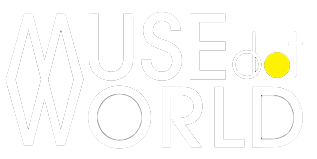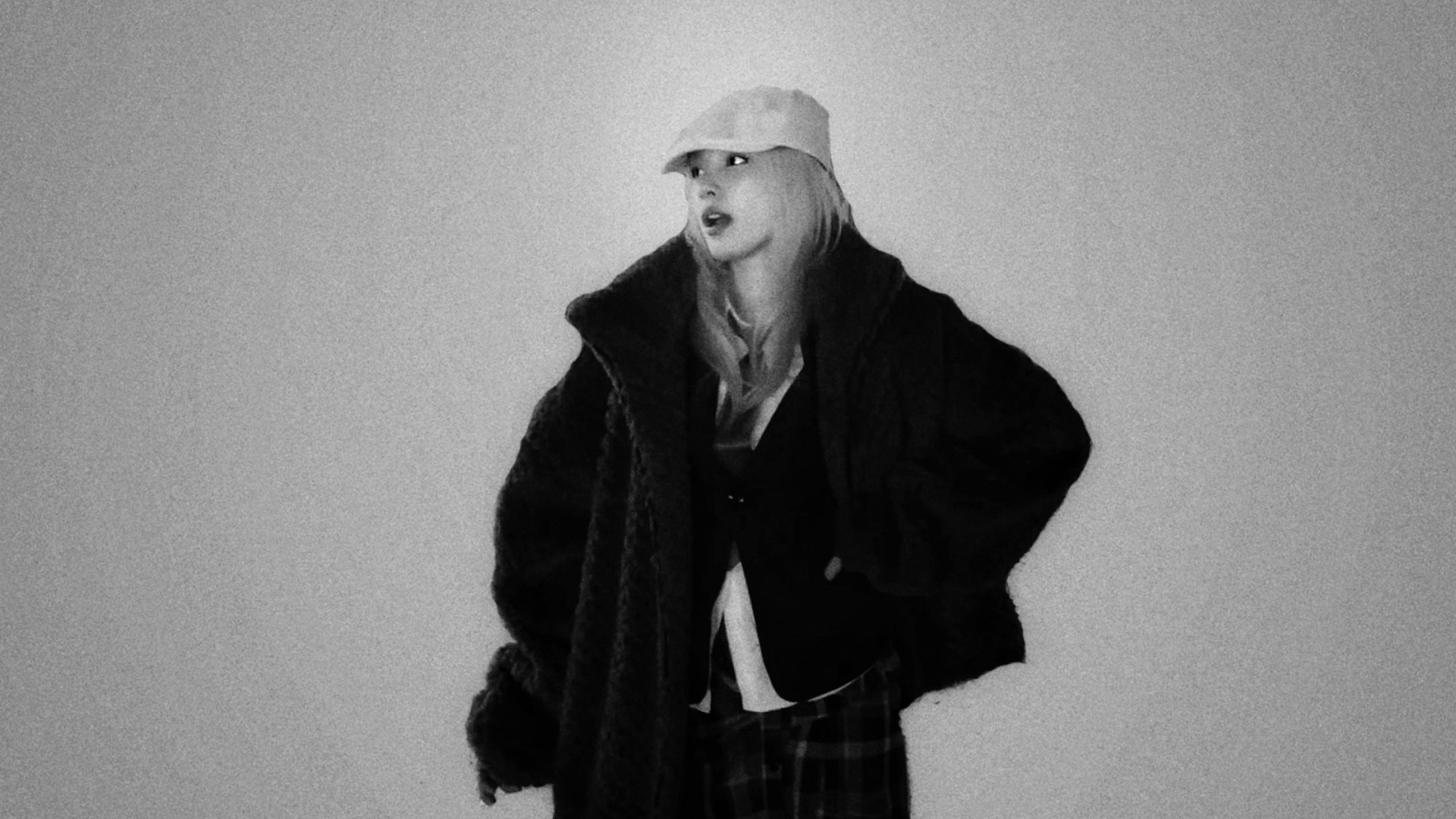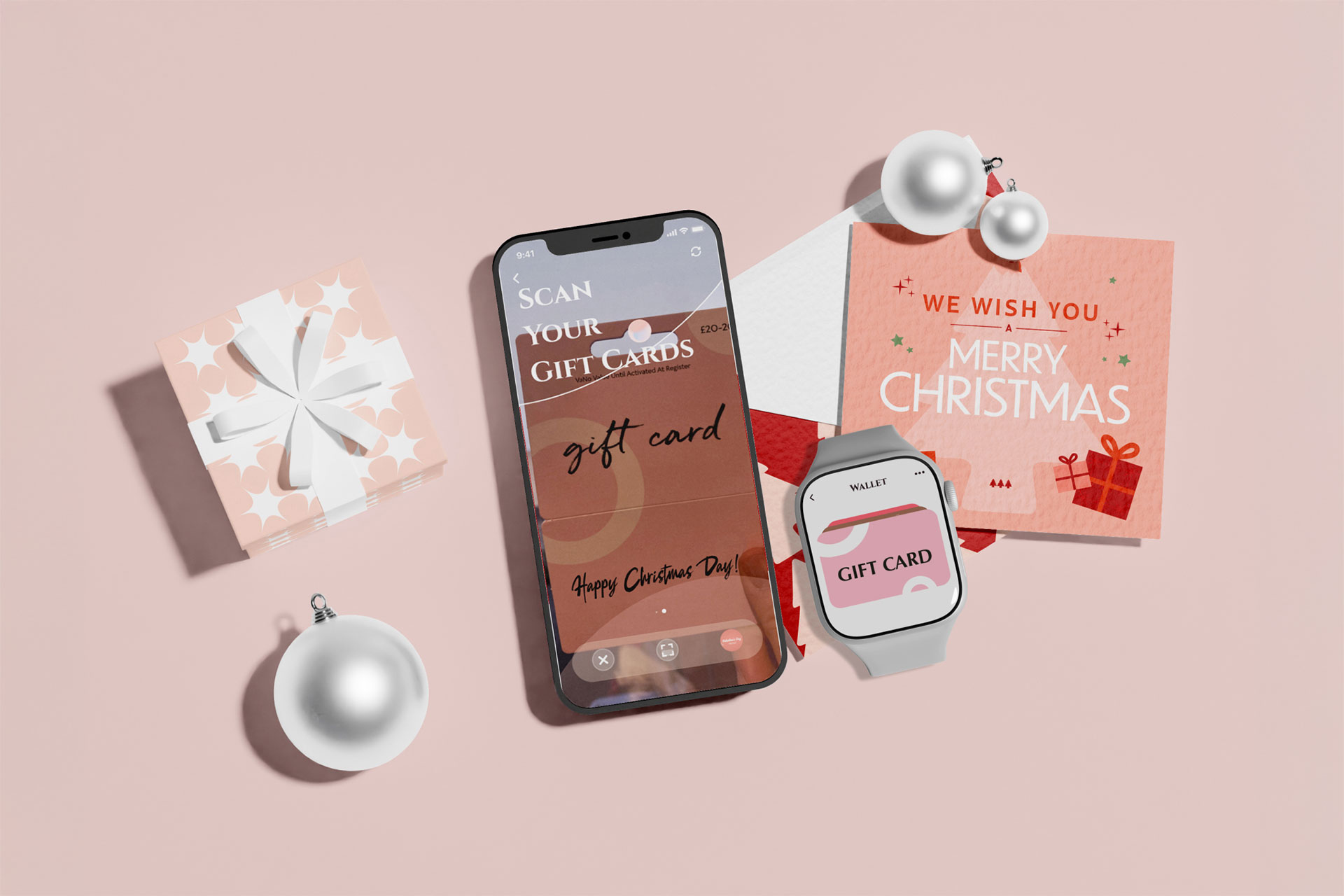Interview with Weiping Cai | A Designer & Creator of Givo

Interview with Yuchien Wang from the United States
October 3, 2024
Interview with Ieva Gaile | A Lawyer and Photographer from Lithuania
October 4, 2024Weiping Cai
Weiping Cai is a London-based product designer with the privilege of exploring digital design across diverse industries. Throughout her career, she’s worked on a wide range of projects, each offering unique challenges and valuable learning experiences. As a dedicated digital creator, she focuses on crafting reliable, meaningful, and engaging user experiences.
Hello, I'm Weiping Cai, though many know me as Kaia. I'm a product designer based in London, where I've been fortunate enough to explore the world of digital design across various industries. My journey began with my studies in software engineering and human-computer interaction. This blend of disciplines has given me a special lens through which I view design - one that brings together the practical aspects of technology with the nuanced needs of users.
Over the years, I've had the joy of working on an array of projects, each one unique and full of learning opportunities. My curiosity led me to delve into data analytics and machine learning, which has been incredibly helpful, especially when I've faced the exciting challenges of areas like generative AI.
My path to design began in childhood, with a simple yet profound pastime. I loved collecting unique stones, drawing on them, and arranging them into patterns. This seemingly small act felt like a powerful form of creation to me. Looking back, I see how this early fascination with transforming ordinary objects into something meaningful was my first step into the world of design. It taught me about composition, creativity, and the impact of thoughtful arrangement.
Today, instead of stones, I work with digital elements. But the core principle remains the same - taking individual pieces and combining them to create something intuitive and engaging. In many ways, becoming a designer was a natural extension of that curious child who saw potential in every pebble.
To me, design is the process of turning dreams into reality. It's about taking an idea and shaping it into something tangible and impactful. As a UX designer, I find great satisfaction in the journey from concept to creation. Design means solving problems creatively, understanding user needs, and crafting intuitive solutions.
It's the art of making abstract ideas concrete and user-friendly. The most rewarding part is seeing a vision evolve through iteration and feedback, ultimately becoming a reality that enhances people's experiences. In essence, design is the fulfilling act of imagining possibilities and then working to bring them to life in ways that benefit others.
I'm particularly drawn to psychedelic and abstract designs. These styles fascinate me because they stretch the boundaries of human imagination. In our practical, reality-focused world, I find that engaging with unrealistic and seemingly purposeless designs offers a refreshing break. It's a form of visual escapism that allows for pure creativity and emotion.
These designs serve as a kind of artistic relaxation for me. They provide a mental space where conventional logic can be set aside, offering a chance to explore the limits of visual expression. This not only helps me unwind but also inspires fresh perspectives in my more practical design work. While I value functional design professionally, I have a special appreciation for designs that challenge perceptions and offer a brief, imaginative departure from reality.
The idea for this design actually originated from a conversation with a classmate. They highlighted some key shortcomings of existing gift card products in the market. This insight sparked our curiosity, and we saw an opportunity to address these issues.
We then collaborated to develop a concept that would improve upon the current gift card experience, focusing on solving the problems my classmate had identified. Our design is essentially a response to real user pain points, aiming to create a more effective and user-friendly gift card solution.
My main source of inspiration for this design was, surprisingly, the cartoon character Peppa Pig. What struck me about Peppa is the sense of comfort and ease she brings to her audience. I was drawn to how a simple character design could evoke such positive feelings.
This observation led me to reflect on how I could translate that same sense of comfort into product design. I aimed to create something that, like Peppa, would feel approachable, and friendly, and put users at ease. The goal was to design a product that not only functions well but also provides an emotionally satisfying experience.
Absolutely. My cultural heritage, particularly my childhood experiences in Jiangnan, China, has had a significant impact on my design process. The time I spent there left a lasting impression on me, creating a deep sense of comfort and well-being.
This personal connection to Jiangnan's environment and culture has become a wellspring of inspiration for my design work. I strive to infuse my designs with the same sense of comfort and tranquillity I felt there. My goal is to create experiences that evoke similar positive emotions in users, regardless of their background.
The project I entered is a gift card exchange platform designed to reduce waste associated with unused gift cards. This digital solution allows users to trade or repurpose gift cards they don't need, promoting sustainability and efficiency in the gift card market.
I chose to enter this project because it aligns well with the competition's theme. It demonstrates how design can address real-world problems and promote more sustainable consumer practices. The platform not only serves a practical purpose but also encourages a shift towards more mindful consumption, which I believe is an important aspect of modern design.
My top three favourite things about the design industry are:
(1). The freedom to dream and visualise new possibilities.
(2). Its constant state of renewal, with ever-evolving trends and technologies.
(3). The insatiable hunger for innovation that pushes us to create and improve constantly.
What sets our design apart in the gift card category is its enhanced safety features and comprehensive approach. We've prioritised creating a more secure platform for gift card transactions, addressing common vulnerabilities in existing systems.
Additionally, our solution offers a more holistic user experience, considering various aspects of gift card usage and exchange. This combination of improved security and a more thorough, user-centric design makes our product stand out in the market.
Winning Entry
Givo | London Design Awards
Givo is an all-in-one gift card application that allows users to exchange, buy or sell gift cards, as well as store newly acquired or current gift cards. The core functionality revolves around... (read more here.)
Weiping Cai
Weiping Cai is a London-based product designer with the privilege of exploring digital design across diverse industries. Throughout her career, she’s worked on a wide range of projects, each offering unique challenges and valuable learning experiences. As a dedicated digital creator, she focuses on crafting reliable, meaningful, and engaging user experiences.
Read about the interview with Wentao Zhong | An Accomplished Designer with W Studio here.


